Earth’s most dramatic architect has been the volcanoes that create some of Earth’s most breathtaking landscapes. Ranging from towering mountain ranges to bizarre, otherworldly caves, these natural wonders have shaped our understanding of the power and beauty within our Earth.
Here are 15 astounding examples of landscapes molded by volcanic forces.
Yellowstone Caldera, Wyoming, USA
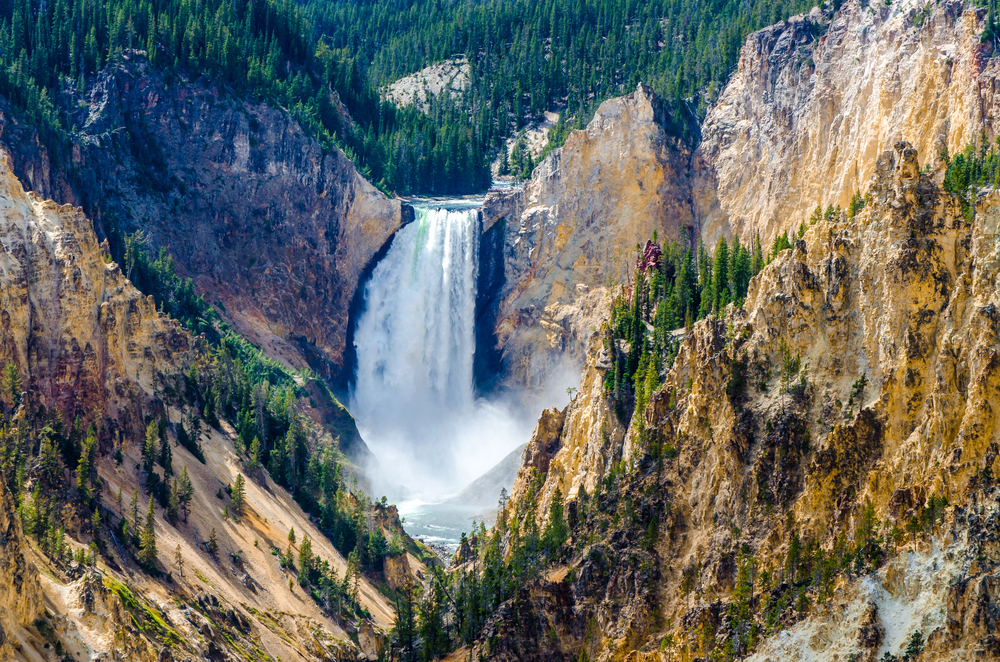
This massive volcanic system spans an incredible 30 miles and houses nearly 60% of the world’s geysers. The famous Old Faithful draws millions of visitors yearly, with its predictable eruptions reaching 180 feet.
Thermal pools painted in vibrant colors by heat-loving bacteria create an otherworldly landscape that feels more like an alien planet than Earth. The underlying magma chamber, which last erupted 640,000 years ago, still powers the park’s remarkable geothermal features.
The entire ecosystem, from microscopic organisms to large mammals, has adapted to this unique volcanic environment.
Mount Fuji, Honshu, Japan
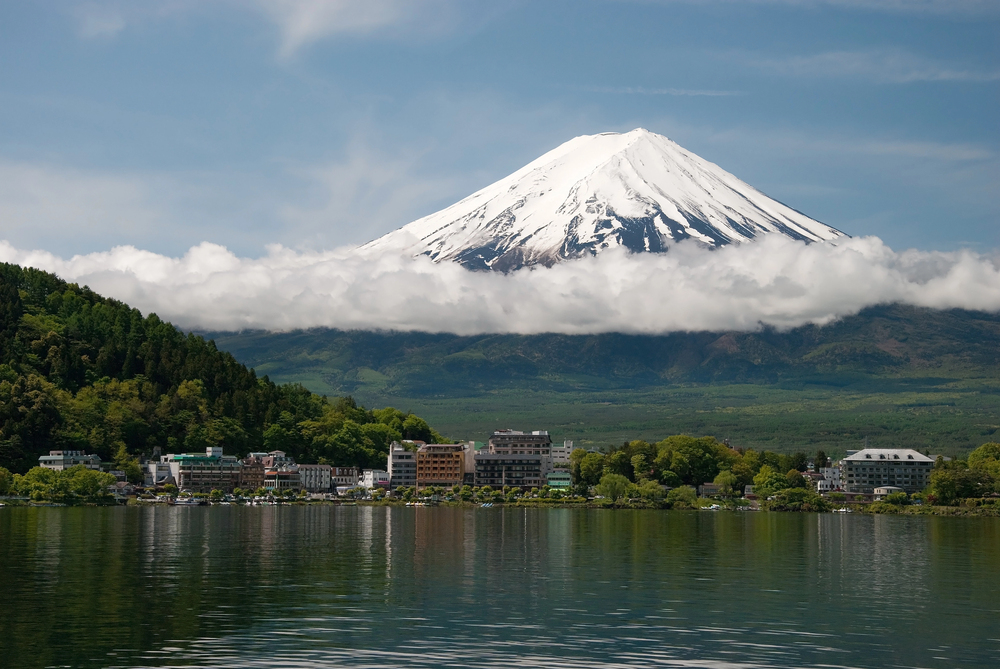
Japan’s most symbolic stratovolcano stands proudly 12,388 feet above sea level. This nearly perfect cone has inspired the world’s artists and poets for centuries, making Mount Fuji a synonym for Japanese culture and spirituality.
Volcanic activity molded this mountain’s iconic profile by adding layers of lava and ash over thousands of years. The last eruption happened in 1707, and its scars remain on the mountainside as testimony to the Earth’s power.
Nowadays, over 300,000 people visit the summit each year during the official climbing season.
Like Travel Pug’s content? Follow us on MSN.
Giant’s Causeway, Northern Ireland
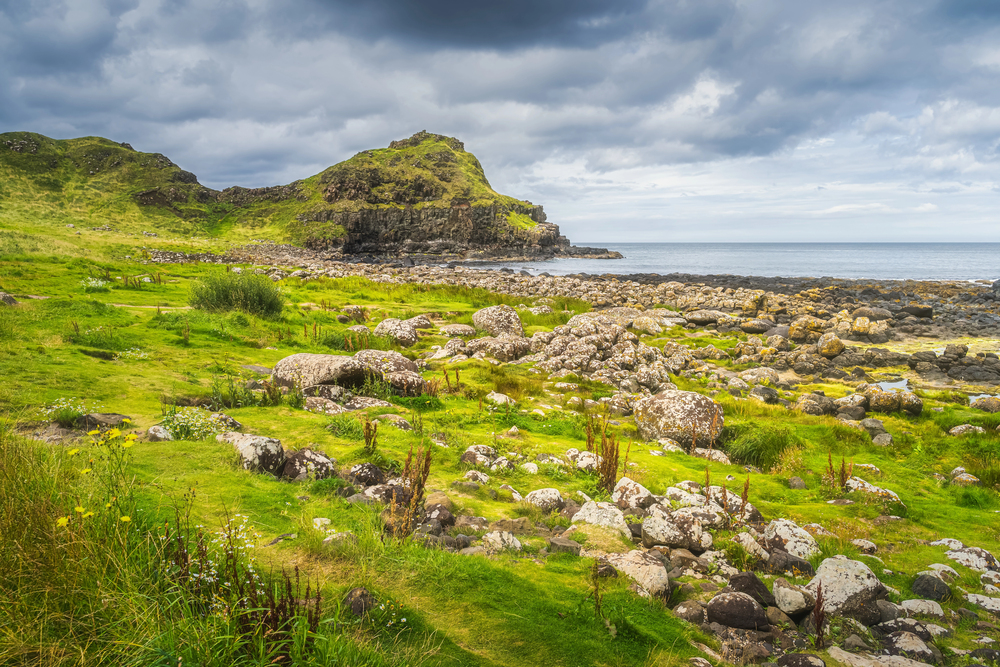
One of the world’s most unique geological formations is produced by about 40,000 interlocking basalt columns along the coast of Northern Ireland. The hexagonal columns were created when ancient lava flows cooled rapidly, about 60 million years ago, in such a manner as to leave cracks in the cooling rock.
Most columns stand about 39 feet, but some reach 39 feet in height. The story of this unusual structure has local folklore assigning its creation to a giant named Finn MacCool, who was said to have built it to reach Scotland.
It demonstrates the natural process that leads to apparent artificial geometry.
Santorini Caldera, Greece
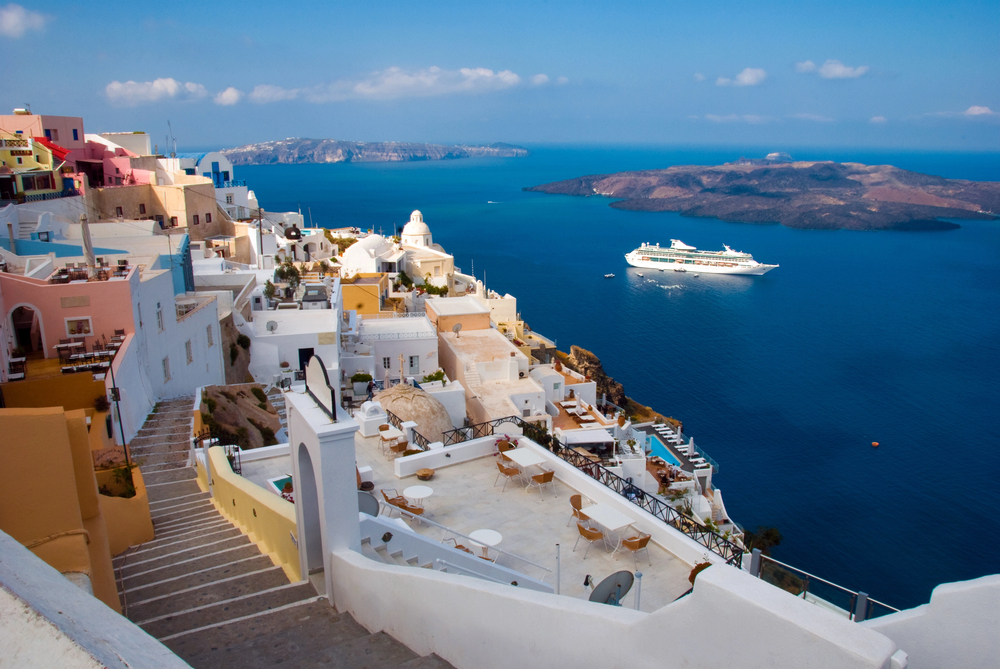
The crystalline waters of the Aegean Sea fill this massive volcanic crater created by one of the largest eruptions in recorded history. The eruption, occurring around 1600 BCE, forever changed the island’s topology and may have contributed to the decline of the Minoan civilization.
White-washed buildings perch precariously on the caldera’s edge, offering spectacular sunset views over the volcanic islands. The submerged volcano remains active, with the most recent eruption forming the small island of Nea Kameni in the middle of the caldera.
The volcanic soil supports unique agricultural products, including the famous Santorini tomatoes and white eggplants.
Paricutin Volcano, Mexico
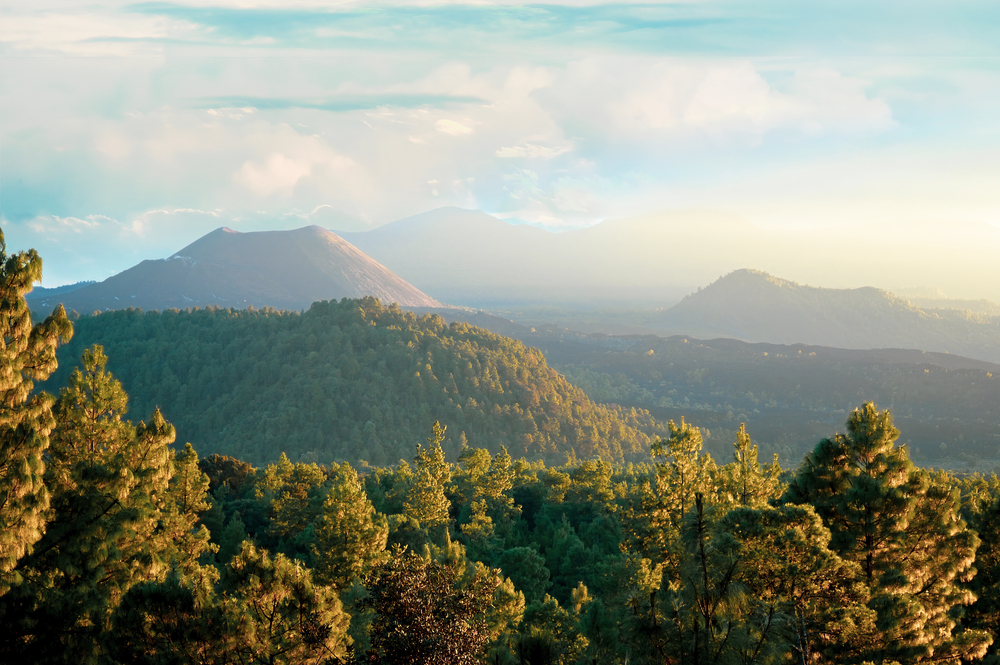
This cinder cone volcano is the only volcano whose complete life cycle has been observed by scientists from birth to extinction. It emerged from a cornfield in 1943 and grew to 1,391 feet in nine years.
The surrounding landscape was dramatically transformed as lava flows buried two villages, leaving only the top of a church tower visible. The volcano’s relatively recent formation provides scientists invaluable insights into volcanic processes.
Today, visitors can hike to the crater and witness the raw power of volcanic activity frozen in time.
Like Travel Pug’s content? Follow us on MSN.
Thrihnukagigur Volcano, Iceland
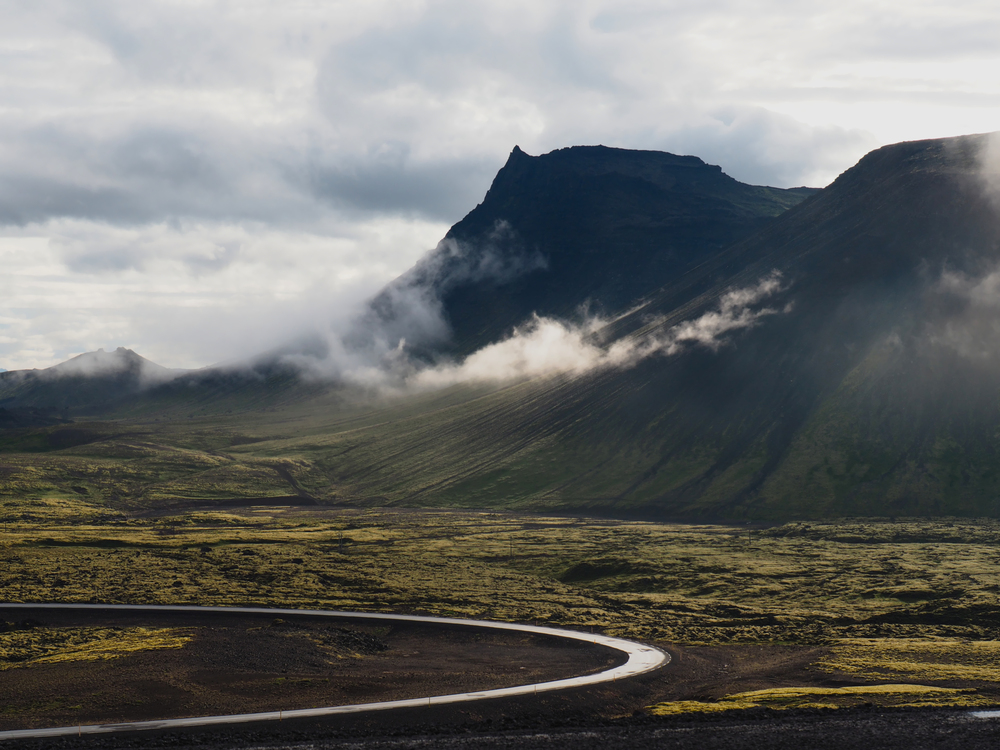
This dormant volcano offers the world’s only opportunity to descend into a magma chamber that hasn’t been filled with new lava. The chamber reaches 700 feet and could easily fit the Statue of Liberty inside.
Vibrant mineral deposits paint the walls red, yellow, and blue, created by ancient volcanic activity’s intense heat and pressure. The last eruption occurred over 4,000 years ago, leaving this remarkable underground cathedral behind.
Access to the chamber requires a descent via an open cable lift, making it one of Earth’s most unique volcanic experiences.
Mount Kilauea, Hawaii, USA
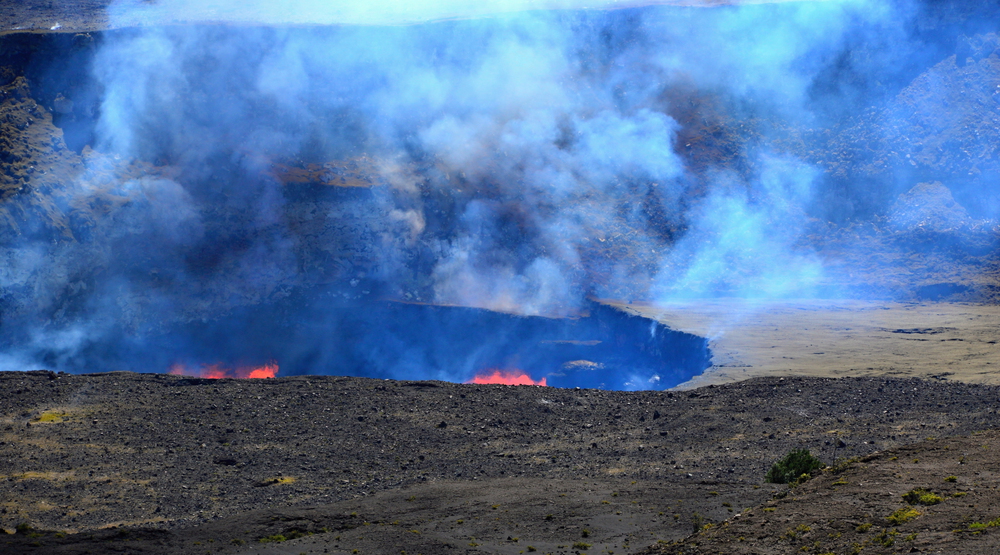
One of the world’s most active volcanoes, the Big Island of Hawaii, continues to reshape the island with its eruptions. The volcano has erupted almost continuously since 1983, adding over 500 acres of new land to the island.
Lava flows create spectacular light shows as they meet the ocean, turning seawater into steam. The surrounding landscape showcases volcanic features, from lava tubes to black sand beaches.
The volcano’s accessibility makes it one of the best places to witness active volcanic processes in relative safety.
Mount Bromo, Indonesia
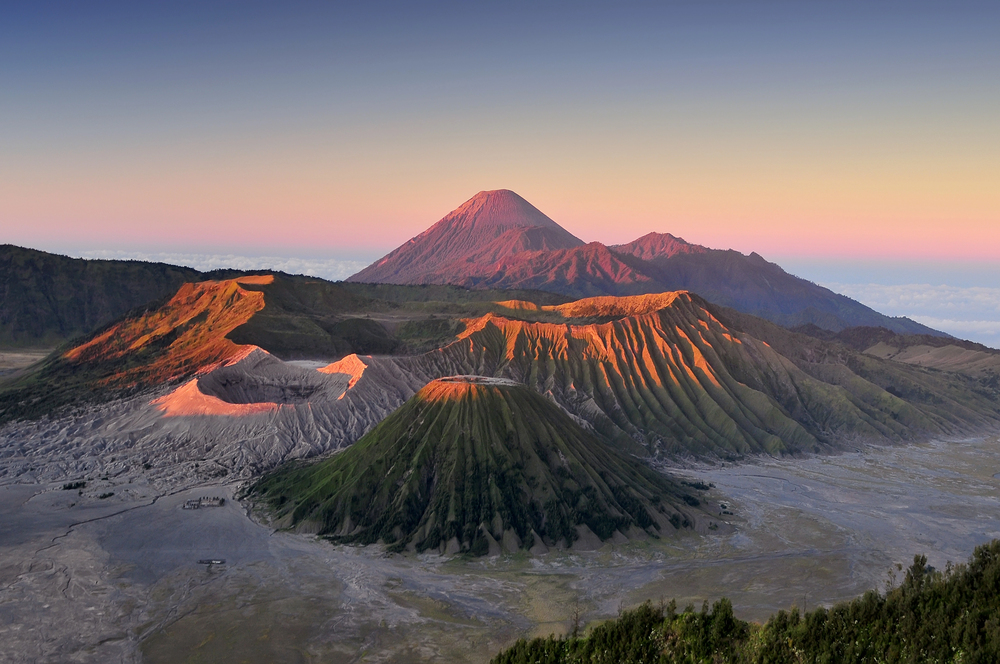
Rising from the vast Sea of Sand in East Java, this active volcano creates one of the most dramatic landscapes in Indonesia. The volcano sits within the massive Tengger caldera, surrounded by a vast plain of volcanic sand and steep crater walls.
Early morning mists create an otherworldly atmosphere as the sun rises over the volcanic complex. Local Tengger people still perform annual ceremonies at the volcano, throwing offerings into the crater.
The surrounding national park offers some of Southeast Asia’s most spectacular volcanic vistas.
Like Travel Pug’s content? Follow us on MSN.
Dallol, Ethiopia
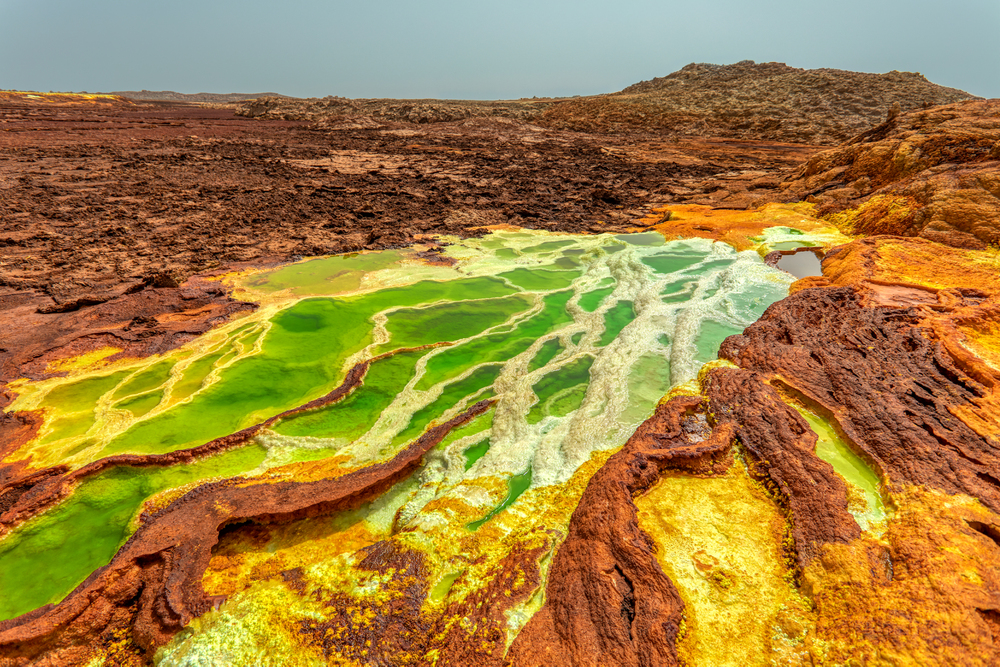
Located in the Danakil Depression, this hydrothermal field holds the record for Earth’s highest average annual temperature. The site features technicolor hot springs, acid pools, and mineral formations created by groundwater interaction with magma.
Temperatures regularly exceed 115°F, making it one of the most extreme environments on the planet. Despite the harsh conditions, extremophile organisms thrive in these acidic, super-heated waters.
The landscape looks more like an alien world than anything else, with its yellow, orange, and green mineral deposits.
Mauna Loa, Hawaii, USA
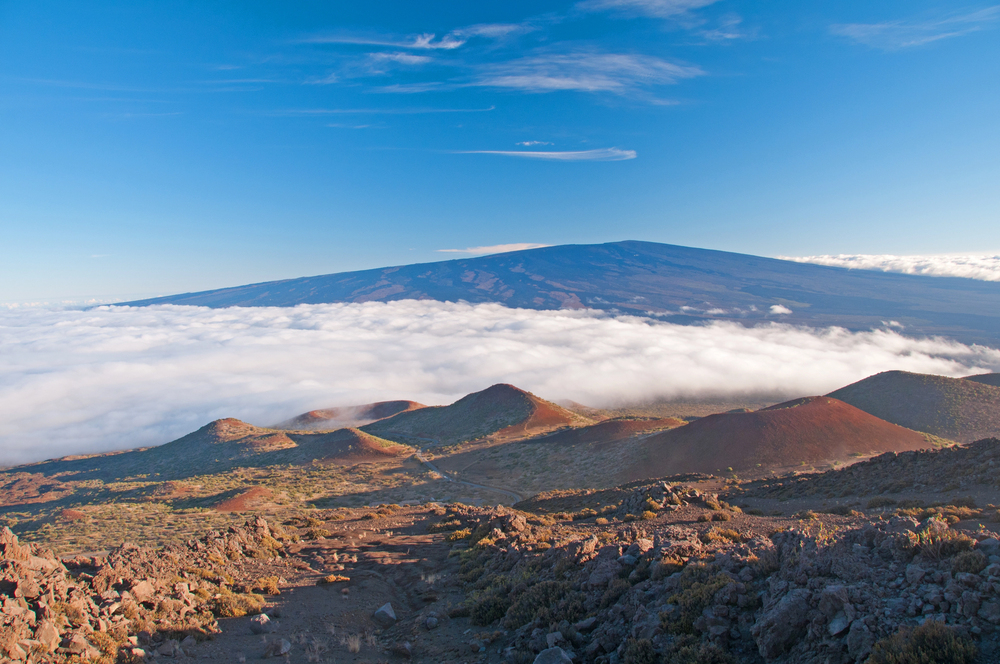
The world’s largest active volcano measures an impressive 13,681 feet above sea level, but its true height from base to peak spans over 30,000 feet. The volcano’s gradual slope, typical of shield volcanoes, makes it appear less dramatic than steeper stratovolcanoes.
The summit caldera, Mokuʻāweoweo, spans an area of 3.7 square miles and reaches depths of up to 600 feet. Regular eruptions over the past 700,000 years have built this massive mountain, with the most recent occurring in 2022.
The volcano’s immense size influences weather patterns and creates distinct ecological zones on the Big Island.
Cappadocia, Turkey
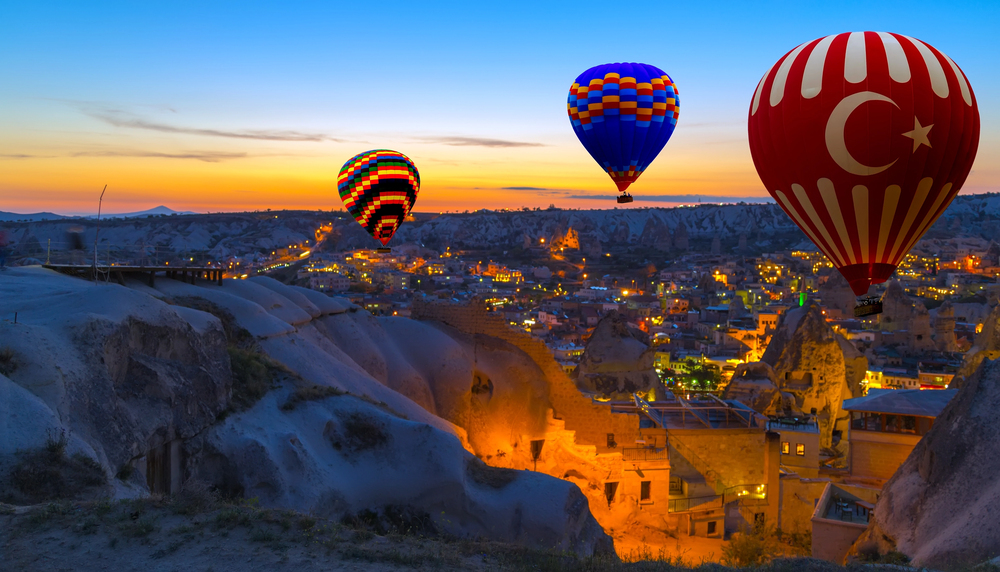
Ancient volcanic activity created this surreal landscape of ‘fairy chimneys’ and cave dwellings in central Turkey. Volcanic ash deposits, known as tuff, were eroded over millions of years to create these unique rock formations.
Early inhabitants carved elaborate homes, churches, and underground cities into the soft rock. The region’s distinctive landscape has earned it UNESCO World Heritage status and attracts millions of visitors annually.
Hot air balloon rides offer spectacular views of this volcanic wonderland at sunrise.
Like Travel Pug’s content? Follow us on MSN.
Mount Erebus, Antarctica
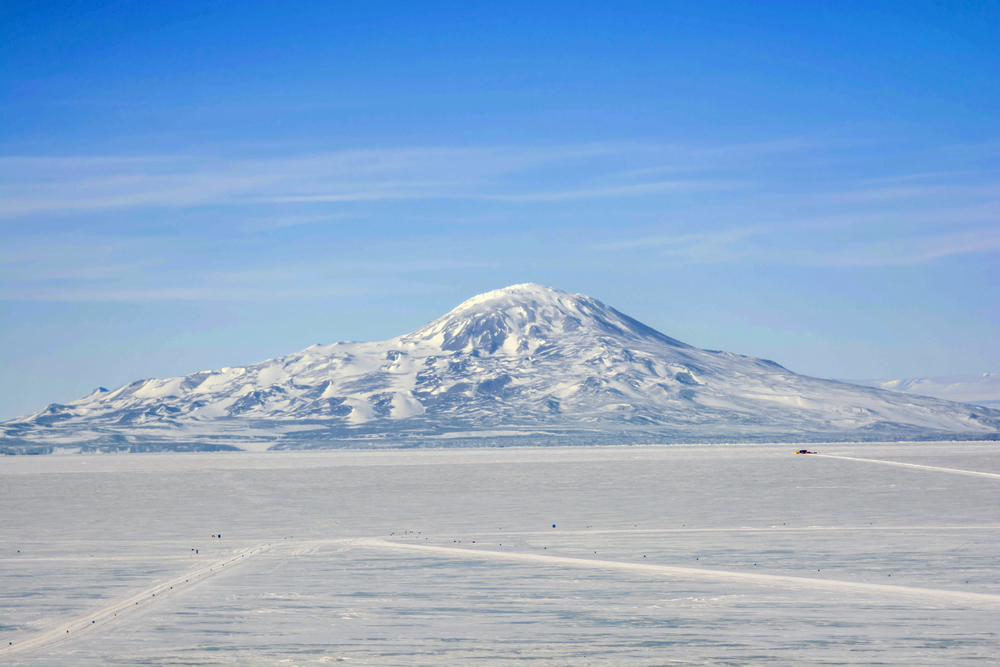
The southernmost active volcano in the world has a rare persistent lava lake inside its crater. The volcano stands at an impressive 12,448 feet above sea level and regularly ejects volcanic bombs onto nearby ice fields.
Steam plumes constantly rise from the crater, creating impressive contrasts against the Antarctic landscape. Scientific research stations monitor the volcano’s activity year-round, providing valuable data about volcanic processes.
Volcanic steam vents form ice caves, and the extreme environment is unique.
Crater Lake, Oregon, USA
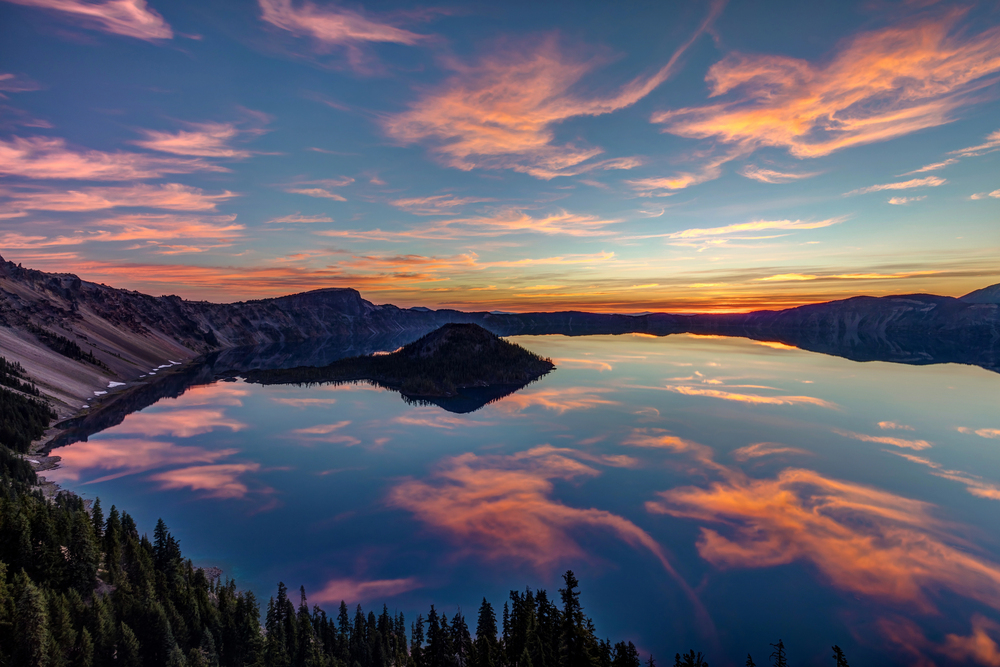
The deepest lake in the United States formed in the caldera of an ancient volcano that collapsed after a massive eruption 7,700 years ago. The lake’s exceptional water clarity and deep blue color result from its isolation from external water sources.
Wizard Island, a cinder cone formed after the initial collapse, rises dramatically from the lake’s surface. The surrounding cliffs rise nearly 2,000 feet above the lake’s surface, creating a dramatic amphitheater effect.
Native American tribes consider this site sacred and have passed down stories of its violent formation.
Las Cañadas Caldera, Tenerife, Spain
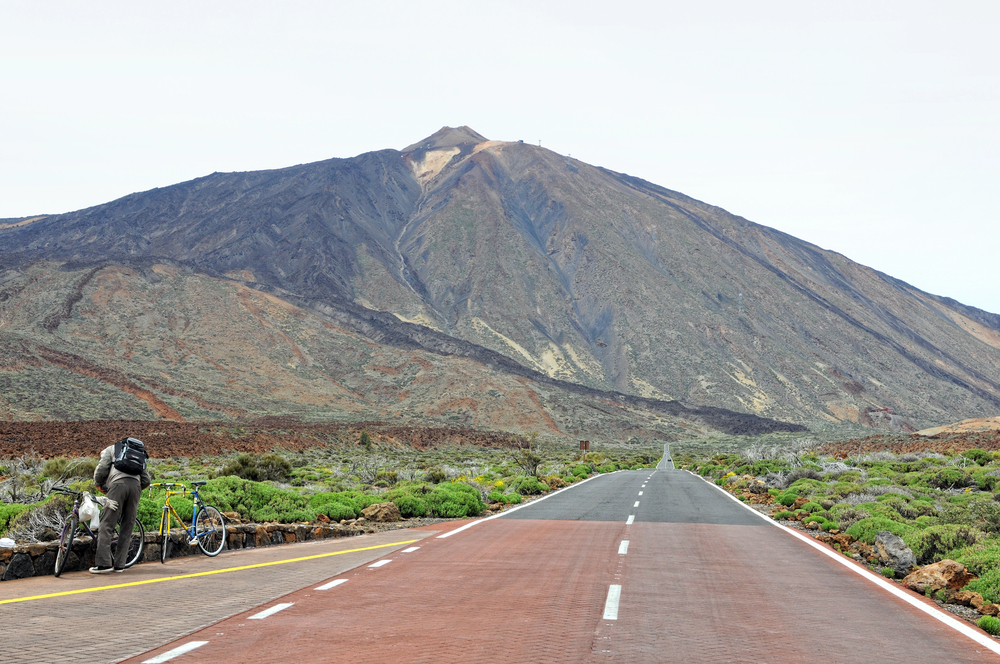
This massive volcanic complex includes Mount Teide, Spain’s highest peak and the world’s third-tallest volcanic structure from its base. The caldera spans roughly 10 miles in diameter, creating a dramatic landscape of colorful rock formations and ancient lava flows.
Unique plant species, including the striking Teide bugloss, have evolved to survive in this harsh volcanic environment. The clear mountain air and lack of light pollution make this site one of Europe’s premier astronomical observation points.
The entire area showcases various volcanic features, from phonolitic lava domes to extensive pumice deposits.
Like Travel Pug’s content? Follow us on MSN.
Sakurajima Volcano, Japan
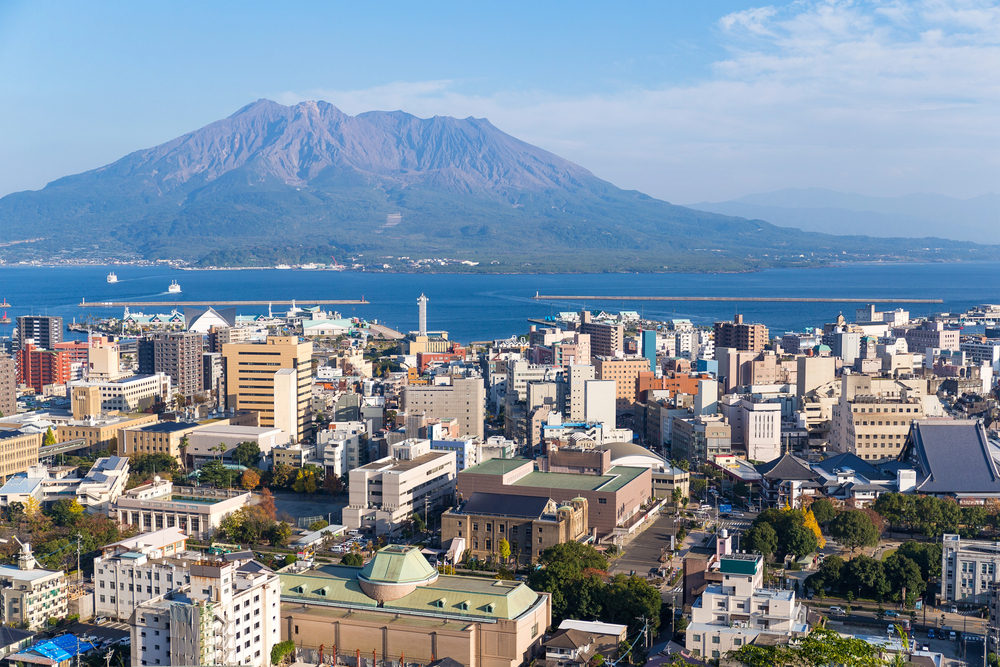
This highly active stratovolcano erupts hundreds of times annually, making it one of Japan’s most closely monitored natural features. The volcano sits in Kagoshima Bay, connected to the mainland by a lava flow from a 1914 eruption.
The constant volcanic activity creates spectacular lightning displays during ash eruptions, a phenomenon known as a ‘dirty thunderstorm.’ Residents have adapted to living with the active volcano, using special umbrellas to protect against falling ash.
The volcano is a tourist attraction and a reminder of Japan’s position along the Pacific Ring of Fire.
Exploring Earth’s Volcanic Heritage Safely
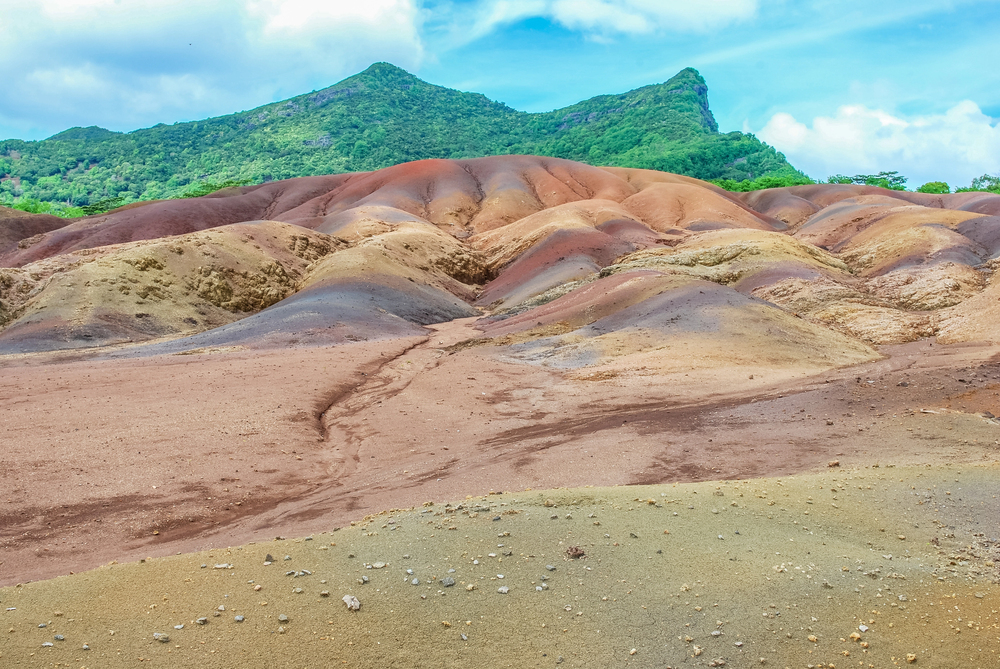
These amazing volcanic formations remind us of the dynamic nature of our planet and its ongoing evolution. While they offer incredible opportunities for exploration and learning, always follow local safety guidelines and respect these powerful natural wonders.
Remember that many of these sites remain volcanic, so proper preparation and awareness are essential for safe visits.
More from Travel Pug

- 15 Dangerous European Cities to Avoid
- 15 Caribbean Islands Where Tourists Keep Getting Scammed
- The 20 Most Fascinating Abandoned Places: A Journey Through Time and Forgotten Spaces
- 15 Hidden Places in the Smithsonian Museums Locals Love: A Guide to Lesser-Known Treasures
- 16 Hidden Florida Beach Towns That Aren’t Overrun with Tourists
Like Travel Pug’s content? Follow us on MSN.
